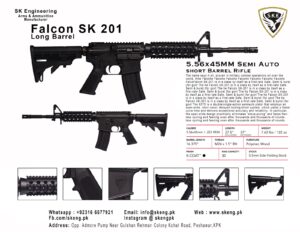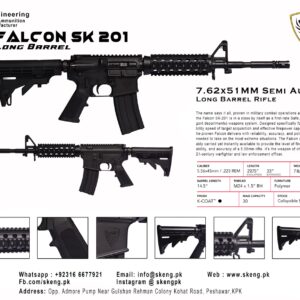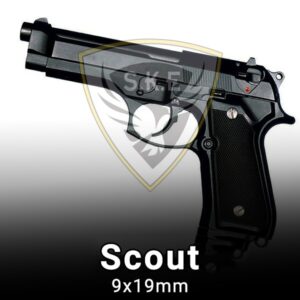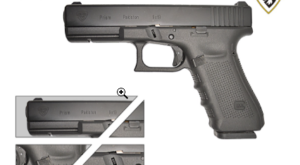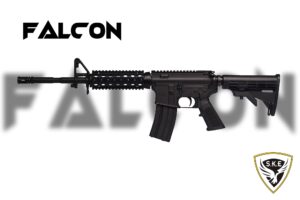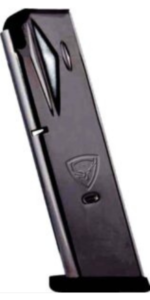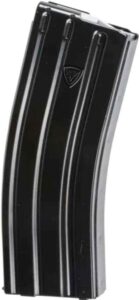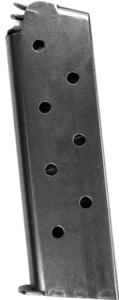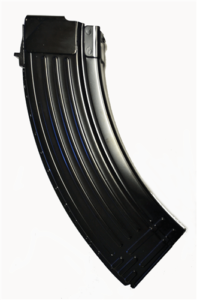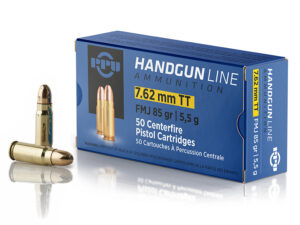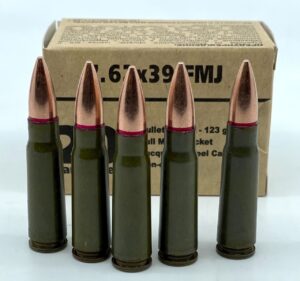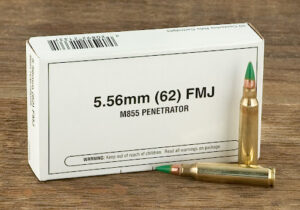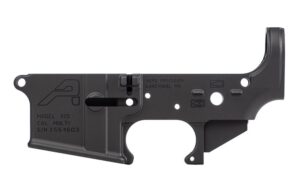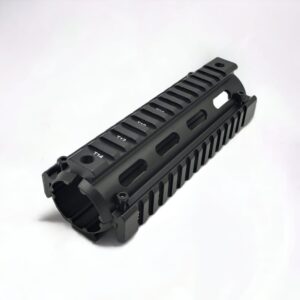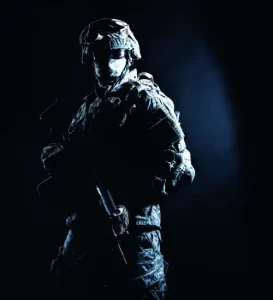Weapons in Sibi, Balochistan: A Historical and Cultural Insight
This article delves into the rich cultural heritage of Sibi, a historical city in Balochistan, Pakistan, which has a long history intertwined with the use and significance of weapons. Due to the region’s tumultuous past and strategic location, weapons have become an integral part of the socio-cultural fabric of Sibi. The article examines the different types of weapons found in Sibi, Balochistan, their historical importance, and their influence on local culture and traditions.
Historical Significance of Weapons in Sibi
Sibi has been a crucial crossroads in Balochistan, witnessing numerous invasions, battles, and power struggles. The use of weapons in Sibi dates back to ancient times when tribes and local rulers fought to defend their territories. The strategic importance of Sibi as a gateway to the rest of Balochistan and its proximity to other provinces made it a focal point for military activities.
During the Mughal era, weapons in Sibi included swords, spears, and shields, which were essential for both defense and offense. The British colonial period saw the introduction of more advanced firearms, which further influenced the local weaponry. The people of Sibi adapted to these changes, incorporating modern weapons into their arsenals while preserving traditional arms.
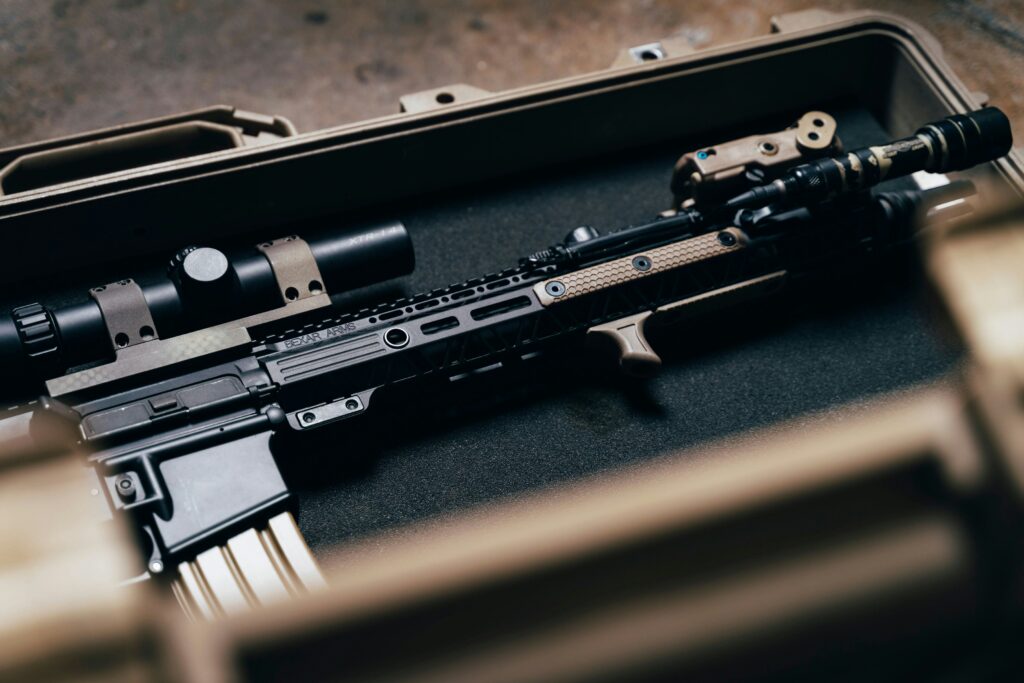
Types of Weapons in Sibi, Balochistan
- Swords and Daggers: Swords (talwars) and daggers (khukris) have been a staple in the weaponry of Sibi. These weapons were not only used in combat but also carried as a symbol of honor and pride. The craftsmanship involved in making these weapons reflects the artistic skills of the local blacksmiths.
- Spears and Lances: Spears (bhala) and lances were commonly used by warriors in Sibi. These weapons were effective in both close combat and ranged attacks. The use of spears in traditional hunting practices also highlights their importance in daily life.
- Bows and Arrows: Before the advent of firearms, bows and arrows were primary weapons for hunting and warfare. Archery skills were highly valued, and the ability to accurately shoot an arrow was a mark of a skilled warrior.
Modern Weapons
- Firearms: The introduction of firearms during the British colonial period brought a significant shift in the weaponry of Sibi. Rifles, pistols, and muskets became common, replacing many traditional weapons in combat situations. Despite this, traditional weapons continued to hold ceremonial importance.
- Explosives: In more recent times, the use of explosives has also been reported in conflicts within the region. The availability of modern technology has influenced the types of weapons found in Sibi, although traditional arms still play a role in cultural practices.
Cultural Impact of Weapons in Sibi
Weapons have a profound cultural impact in Sibi, Balochistan. They are not merely tools of war but also carry significant symbolic meaning. The possession of weapons is often associated with honor, bravery, and protection. In many local traditions, weapons are passed down through generations, serving as family heirlooms that carry historical and sentimental value.
Ceremonial Use of Weapons
In Sibi, weapons are prominently featured in various ceremonies and cultural events. During weddings, it is customary for the groom to display a sword or dagger, symbolizing strength and protection. Similarly, during festivals and traditional dances, participants often carry weapons as part of their attire, showcasing their heritage and valor.
Artistic Representation of Weapons
The artistic representation of weapons is another important aspect of Sibi’s culture. Local artisans craft intricate designs on swords, daggers, and other weapons, turning them into works of art. These decorated weapons are often displayed in homes as symbols of pride and cultural identity.
The Role of Weapons in Modern Sibi
In contemporary Sibi, the role of weapons has evolved. While traditional weapons are still valued for their cultural significance, modern firearms are more commonly used for practical purposes such as hunting and personal protection. The local authorities regulate the possession and use of firearms to ensure safety and prevent misuse.
Challenges and Regulations
The proliferation of modern weapons in Sibi has also brought challenges related to security and regulation. The local government has implemented measures to control the illegal trade and possession of firearms. These efforts aim to maintain peace and order in the region while respecting the cultural significance of traditional weapons.
Conclusion
The history and culture of weapons in Sibi, Balochistan, are rich and multifaceted. From ancient swords and spears to modern firearms, the evolution of weaponry in Sibi reflects the region’s dynamic history and cultural resilience. Despite the challenges posed by modern weaponry, the people of Sibi continue to honor their traditions, preserving the legacy of their ancestors through the symbolic and practical use of weapons.
-
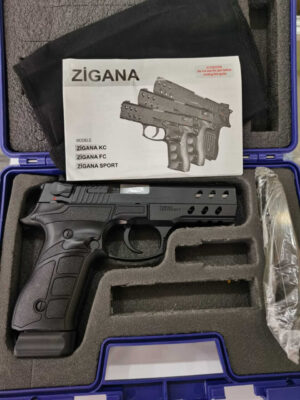
zigana original 9mm pistol price in pakistan
Read more -
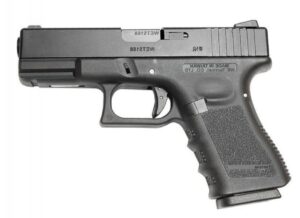
SK 19 Pistol
Read more -
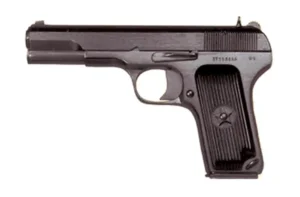
S.K Phantom 30
Read more -
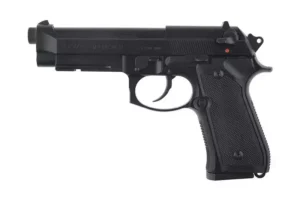
S.K Scout 9×19
Rated 3.50 out of 5Read more -

S.K PRISM 9X19
Read more -
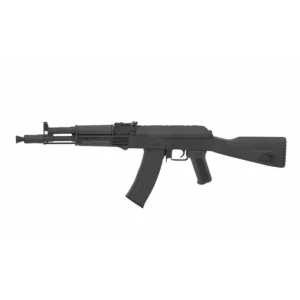
S.K Eagle 223
Read more -
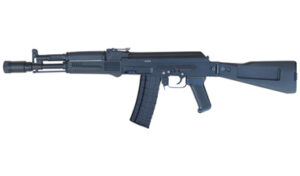
S.K EAGLE 7.62×51
Read more -

S.K Eagle 7.62×51 COMPACT
Read more -

S.K EAGLE 7.62×51
Read more -
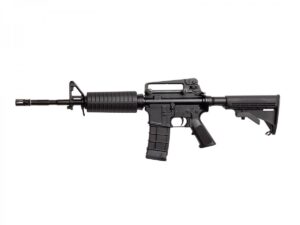
S.K FALCON 5.56×45
Read more -
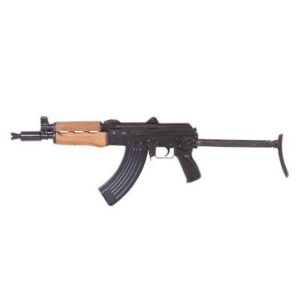
S.K.E Al-Badr 762V3 Compact
Read more -
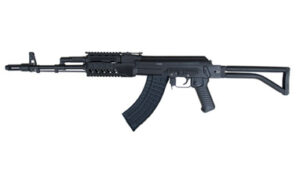
S.K.E Al-Badr 762V1
Read more -
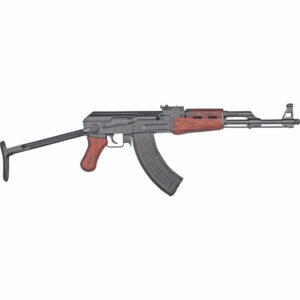
S.K.E Al-Badr 762V2
Read more -

MAG SK 9X19 V1
Read more -
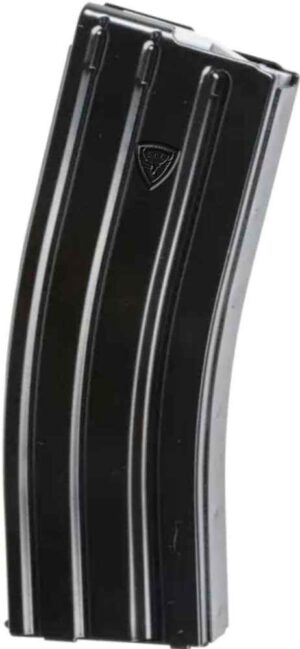
MAG SK 5.56X45
Read more -
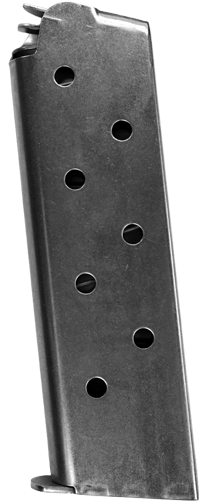
MAG SK 30
Read more

